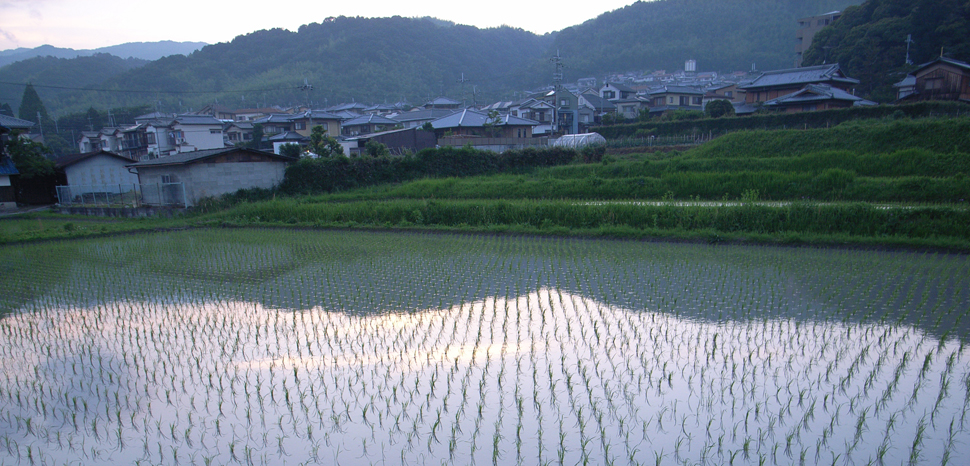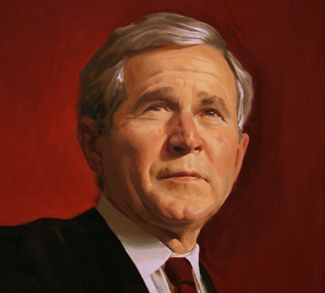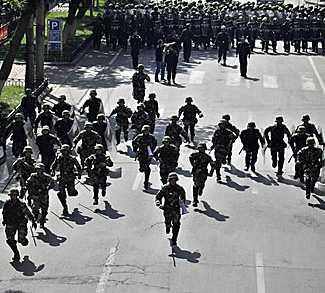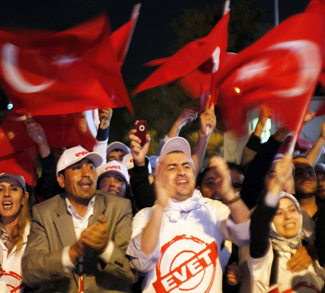It’s exactly one hour before the sun will rise against the backdrop of the infamously fertile Mekong Delta, yet the 731 residents of Ma Village, Vietnam are already busily preparing to enter the fields to begin that morning’s work. Elders, using very old yet still functional loudspeakers, read out important information for the villagers, which in some cases, is vital to the survival of their way of life. In January of 2016, as the country faced one of its coldest winters ever, town leader Nguyen Van Tam had to rush to let his neighbors know that temperatures were too low to let livestock graze in the fields. Arguably, he saved the village from an economic crisis.
The stories across Vietnam are the same. Hardships brought on by climate change, impoverished living conditions, and systemic government neglect are starting to pile up. In Soc Trang, South of Ma, Lam Thi Loi struggled that same May with her crop. Unusually forgiving heat wilted delicate, young shoots of rice forcing her to desperately pump salty water from the river and flood the fields to relieve stress from the heat. The fields, her main source of financial independence, regardless of her of attempts yielded nothing.
“I’ve been planting rice since I was 13, and I have never seen anything like this,” Ms. Loi, 38, told a New York Times reporter. “In February I got one bag of rice. Last year we harvested 1.4 tons.”
But while the farmers struggle down south, the economic stability created by their labor has allowed Hanoi to chase opportunities very few ever thought would materialize. In the summer of 2019, spurred on by an increase in investment from China, Vietnam’s economy grew by nearly 7%; that includes a 27% jump in U.S. exports, new business ties with Taiwan’s Formosa Products, and an increase in production from Japan’s Idemitsu Kosan. This booming turnaround has rocketed coastal trading port hubs like Haiphong into economic powerhouses.
The inescapable honesty about this socio-political model, of poor, under-developed nations ruled by authoritarian governments thriving on the backbone of agricultural exports, is that in a lot of cases, the Western world helps them do it.
Under the European Union’s financial plan, almost 70 billion a year is set aside to support farming all over the continent. The program is intensely generous, in fact, it’s the largest farming subsidy in the world and that’s not a cheap boast; agricultural funding alone takes up 40% of the EU’s budget. Compared in efficiency to differing systems, however, like Canada’s softwood lumber subsidy model (Which is so potent that it’s been a point of contention between the U.S. and Canada for decades) it has a lot to be desired in the bang-for-your-buck department.
That impressive budget almost always ends up in the hands of the powerful few in government who own the farmland. Independent research studies based on EU internal audits have shown that 80% of the funds have been given to the richest 20% of recipients, and not to average, middle-income farmers as intended.
The Czech Republic Prime Minister Andrej Babis alone made millions of euros last year from the EU alone. One of his foreign counterparts, Hungarian Prime Minister Victor Orban, has been auctioning off farmland that qualifies for subsidies to family and close friends, thereby enriching them through landholdings. Prosecutors in Slovakia have even openly admitted that the system is threatened by an “agricultural mafia.”
“It’s an absolutely corrupt system,” Jozsef Angyan, former Hungarian secretary for rural development, told the New York Times in a 2019 investigative report.
The exploitation of impoverished, corrupt nation’s agricultural programs by greedy leaders isn’t strictly European or recent; it’s a very old tactic of geopolitical survival that almost always works because, quite frankly, everybody needs to eat. Even their so-called international rivals.
After the fall of the Soviet Union in 1991, the small Caribbean island of Cuba was left not only without its most pivotal ally but with an increasingly painful U.S. embargo. Within months, the Communist dictatorship that had survived decades against the best efforts of Washington looked like it might finally fall.
Can you guess what saved them? Organic farming. Yep, that thing your crazy aunt Dakota is obsessed with and blogs about constantly.
Without Soviet shipments of chemical pesticides designed to protect crops, farmers weren’t able to mass-produce the amount of food needed to feed the island. So, in a desperate attempt to avoid starvation, individual citizens and small communities alike began growing their own, completely natural crops.
“Boats had arrived from the Soviet Union full of chemicals and fertilizers and suddenly there were no more boats from the Soviet Union, and people asked, do we need all those chemicals?” Cuban farmer Miguel Angel Salcines told the Guardian in an interview. To this day, all over Cuba, small farms grow and sell local crops, completely chemical-free, at regional markets exclusively. This new, personalized way of farming not only saved the island but also drastically increased productivity. From 1988 to 2007 the country increased the production of vegetables by 145 percent, decreasing the use of pesticides by 72 percent.
Agricultural is almost always at the center of the development and economic stability of tyrants. And when it fails, the results can be catastrophic.
Barely a decade after Mao Zedong’s successful takeover of the Chinese mainland, he remained determined to catch up to Europe and the United States in terms of manufacturing and steel production. As a result, he instituted the “Great Leap Forward,” a massive policy shift that pushed his citizens to abandon all other areas of productivity to solely produce steel. Pots and pans were confiscated, furnaces were built in people’s backyards in droves and as the country soldiered on, and its delicate economic infrastructure that was utterly dependent on agricultural began to collapse.
With nobody to work the farms, food became scarce. Local governments began lying on official records to cover up the famine and for years, Beijing flat out denied it was even happening. But for millions, like author and political activist Yang Jisheng, the reality was truly a nightmare.
“Documents report several thousand cases where people ate other people,” Yang says. “Parents ate their own kids. Kids ate their own parents. And we couldn’t have imagined there was still grain in the warehouses. At the worst time, the government was still exporting grain.”
By the time the government took steps to alleviate the crisis, the damage had already been done. China emerged from Mao’s scheme barely intact, weak, and vulnerable. This bold, naive plan to rush ahead and force his country to become something it wasn’t proved almost fatal to Mao Zedong’s greater ambitions. To this day, the government has actively avoided any plans that resembled the program.
Old ideas exclusively depend on old ways of life; systems rooted in age, traditions founded on fallible doctrine. Questionable leaders, in their efforts to reshape nations, strip it down to its fundamental elements. In some cases, after the struggle to gain power, those elements were all that was left. So naturally, farming, the oldest, simplest national product, is the backbone of many such countries. Sometimes they moved past it and become stronger, adapted and learned from the past. Others cling to it as a savior that brought them to their place of power.
Wherever the course history takes these nations, it is important to recognize the beams that support these old, corrupt systems and how they were erected. Maybe one day, somebody will try to cut them down.
The views expressed in this article are those of the authors alone and do not necessarily reflect those of Geopoliticalmonitor.com or any institutions with which the authors are associated.




